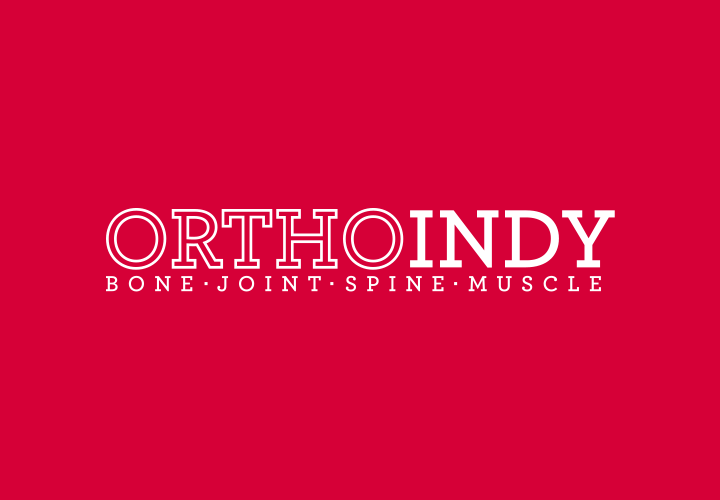Two associated conditions can cause debilitating back pain for many patients: degenerative disc disease and sciatica.
This blog article will explain how degenerative disc disease and sciatica are related, what causes these conditions, and the treatments that can help relieve pain.
Anatomy
To better understand conditions like degenerative disc disease and sciatica, it helps to know a bit about the different components of the spine.
The spine is made up of 24 bones, called vertebrae, which are stacked on top of one another. These bones connect to protect the spinal cord. The seven small vertebrae that begin at the base of the skull and form the neck comprise the cervical spine or neck.
The bones which have ribs attached to them to form your chest is called the thoracic spine. Then the five bones from your chest to your tailbone are the lumbar spine. Each bone is separated by a flexible pad called a disc, and movement is controlled by smaller joints called facets.
The spinal canal is a bony tube that goes from the base of the skull to the tailbone. It serves as the highway along which the spinal cord and nerves pass from your head to the rest of your body. Interestingly, the spinal cord ends halfway down your back.
Your spinal cord and nerves travel through the spinal canal carrying messages between your brain and muscles. The intervertebral discs between your vertebrae are flexible, flat and round discs and are about a half-inch thick. They act as shock absorbers when you walk or run and allow motion between the vertebrae.
Causes of degenerative disc disease and sciatica
The name degenerative disc disease is a bit misleading, as it’s not a disease at all. It is an accumulation of wear and tear on the intervertebral discs.
For most people, the term “degenerative” implies that the symptoms will get worse with age. However, the term does not apply to the symptoms but describes the process of disc degeneration over time. Disc degeneration is a common cause of neck pain and low back pain from sciatica.
Disc degeneration is a natural part of aging. Over time, people will exhibit changes in their discs consistent with a greater or lesser degree of degeneration.
A patient may also experience degenerative disc disease and sciatica simultaneously. The disc degeneration causes bone spurs, which pinch nerves going to one or both legs and causes the radiating pain associated with sciatica.
Other conditions that cause similar pain include spinal stenosis, degenerative spondylolisthesis, or ruptured discs.
A doctor will try to assess if a patient has mostly back or leg pain to provide a proper diagnosis.
Make an appointment with an Orthoindy spine specialist
Degenerative disc disease symptoms
Common symptoms of degenerative disc disease include:
- Pain in the neck or back related to activity
- Severe episodes of back or neck pain that can last a few days to months
- Pain that lessens with frequent position changes
- Pain that decreases when walking or running and worsens with prolonged sitting or standing
- Pain that is in the center of the back or neck that is not notably worse on one side or the other; it tends not to radiate down the legs below the knee or into the arms from the neck
Physician examination
To determine whether you are experiencing symptoms related to degenerative disc disease and sciatica, your physician will ask you for a complete medical history, have you describe your symptoms and conduct a physical examination and review imaging studies.
While an X-ray, CT scan, or MRI can help, it combines your pain pattern, physical examination and imaging studies that help narrow down the search for back pain causes.
Make an appointment with an Orthoindy spine specialist
Degenerative disc disease and sciatica treatment
Treatment for degenerative disc disease and sciatica is usually nonsurgical and can include:
- Pain control with nonsteroidal anti-inflammatory drugs, such as ibuprofen
- Rehabilitation or stretches for sciatica to strengthen back muscles
In extreme conditions, spine surgery for sciatica or artificial disc surgery may be
necessary. That’s why a thorough evaluation by an experienced surgeon is needed to determine whether a more serious problem may exist or if one of the unusual situations of back pain may respond to surgery.
After spinal fusion surgery, your spine physician may suggest physical therapy.
Learn more about treatment options for neck and back pain
Schedule an appointment
Your well-being is important to us, and if you’re suffering from back pain, our team can help. Schedule online or call us to set up an appointment with one of our orthopedic specialists.
We can help you learn more about the conditions that could be causing you pain, like degenerative disc disease and sciatica, and find out if treatments like back surgery for sciatica are right for you.
If your injury or condition is recent, you can walk right into one of our OrthoIndy Urgent Care locations for immediate care. No referral is needed for rehabilitation and physical therapy to see one of our physical therapists.





